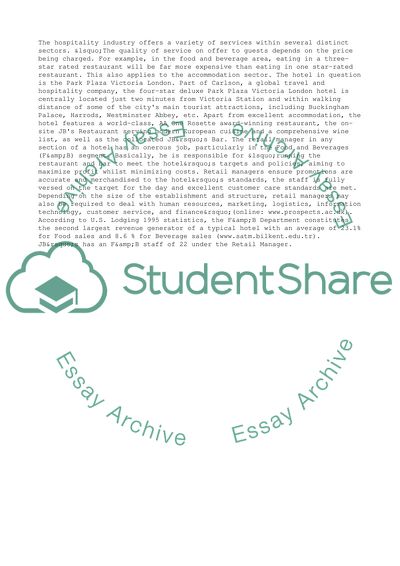Cite this document
(Strengths and Weaknesses in the Organisations Case Study, n.d.)
Strengths and Weaknesses in the Organisations Case Study. Retrieved from https://studentshare.org/management/1565358-hospitality-retail-management
Strengths and Weaknesses in the Organisations Case Study. Retrieved from https://studentshare.org/management/1565358-hospitality-retail-management
(Strengths and Weaknesses in the Organisations Case Study)
Strengths and Weaknesses in the Organisations Case Study. https://studentshare.org/management/1565358-hospitality-retail-management.
Strengths and Weaknesses in the Organisations Case Study. https://studentshare.org/management/1565358-hospitality-retail-management.
“Strengths and Weaknesses in the Organisations Case Study”, n.d. https://studentshare.org/management/1565358-hospitality-retail-management.


